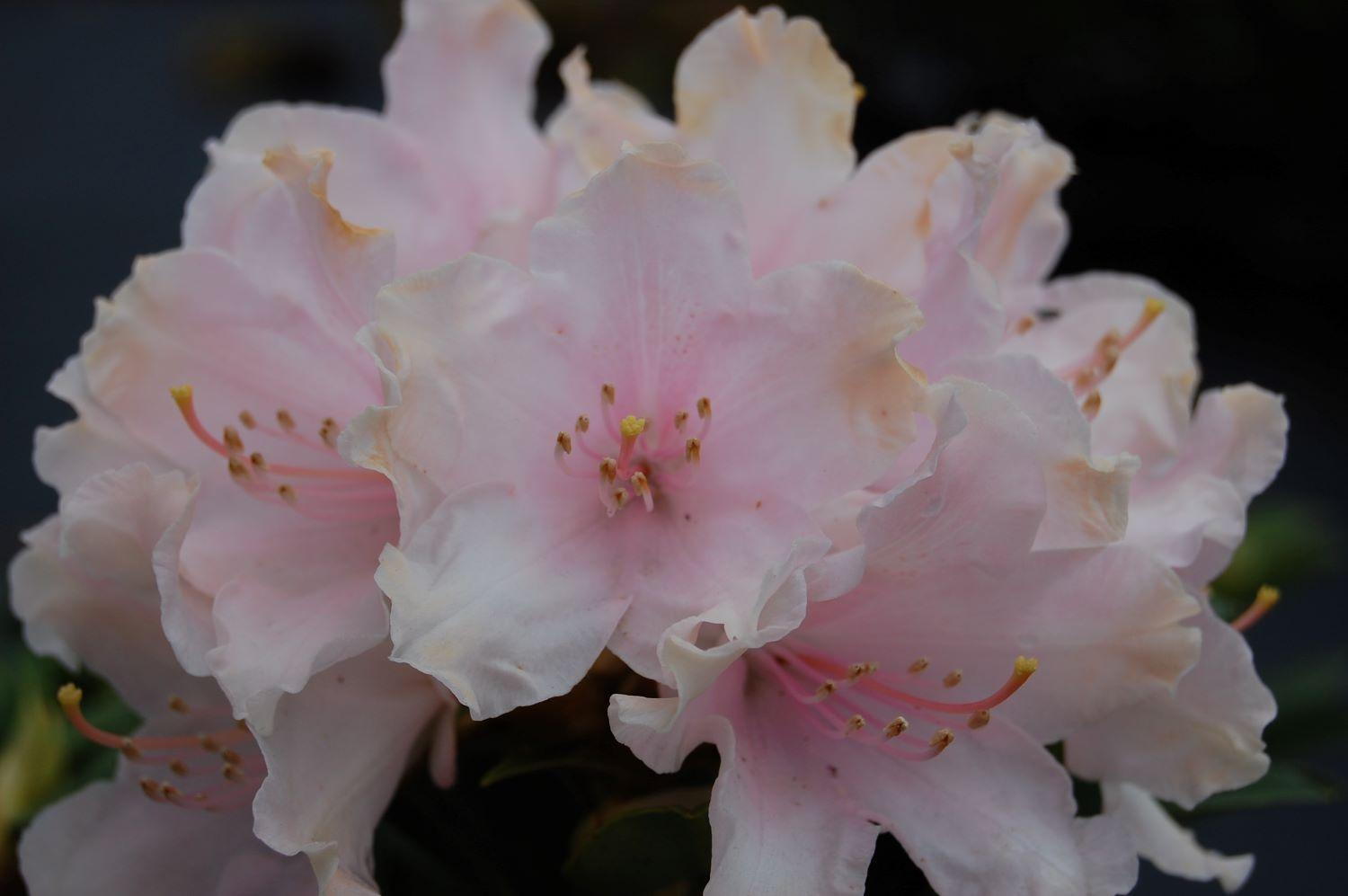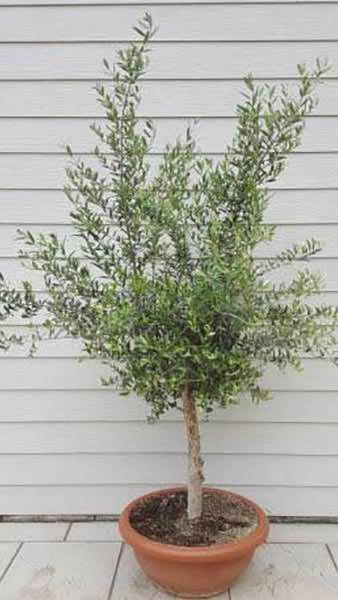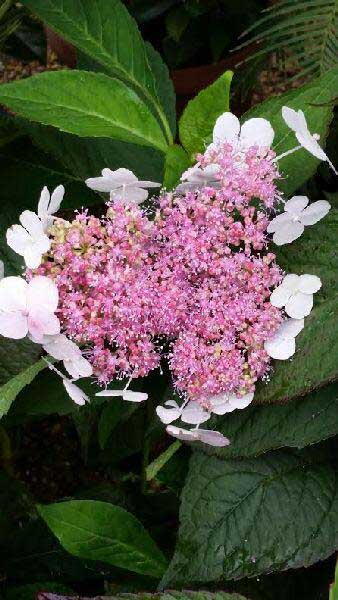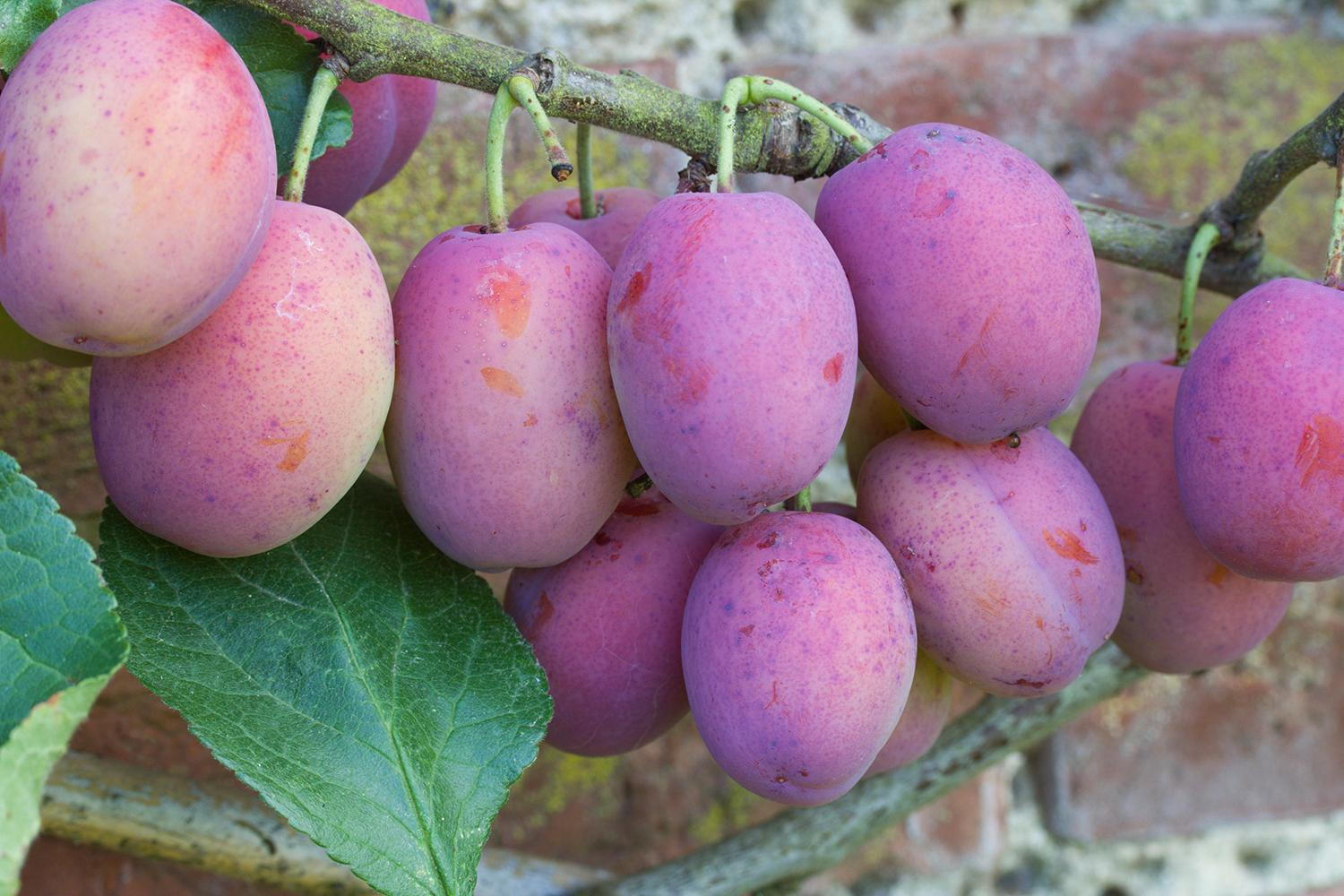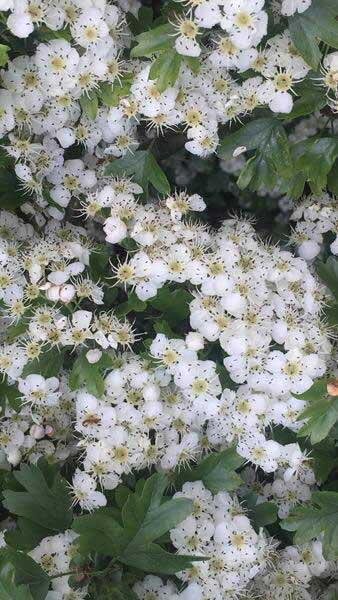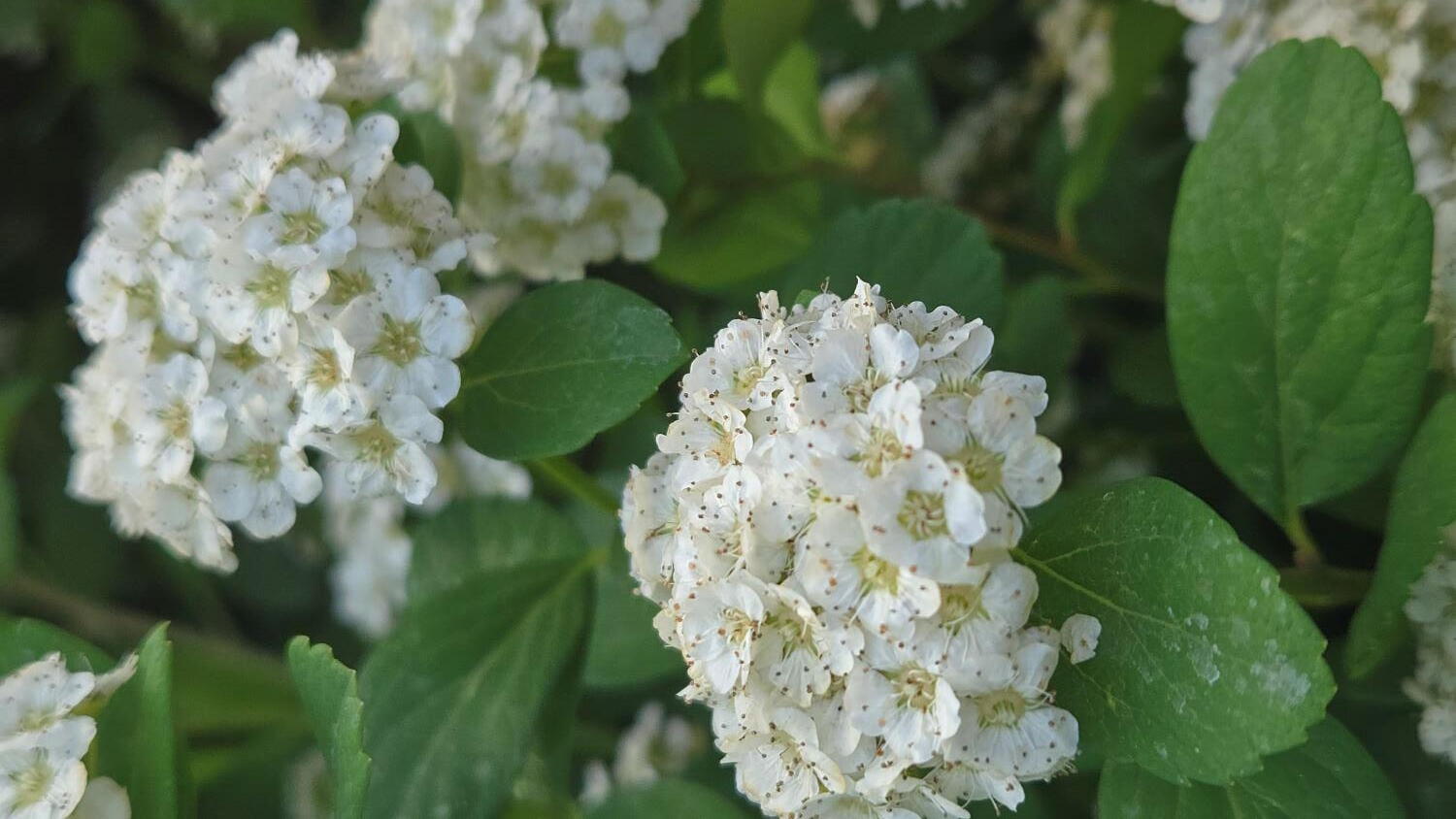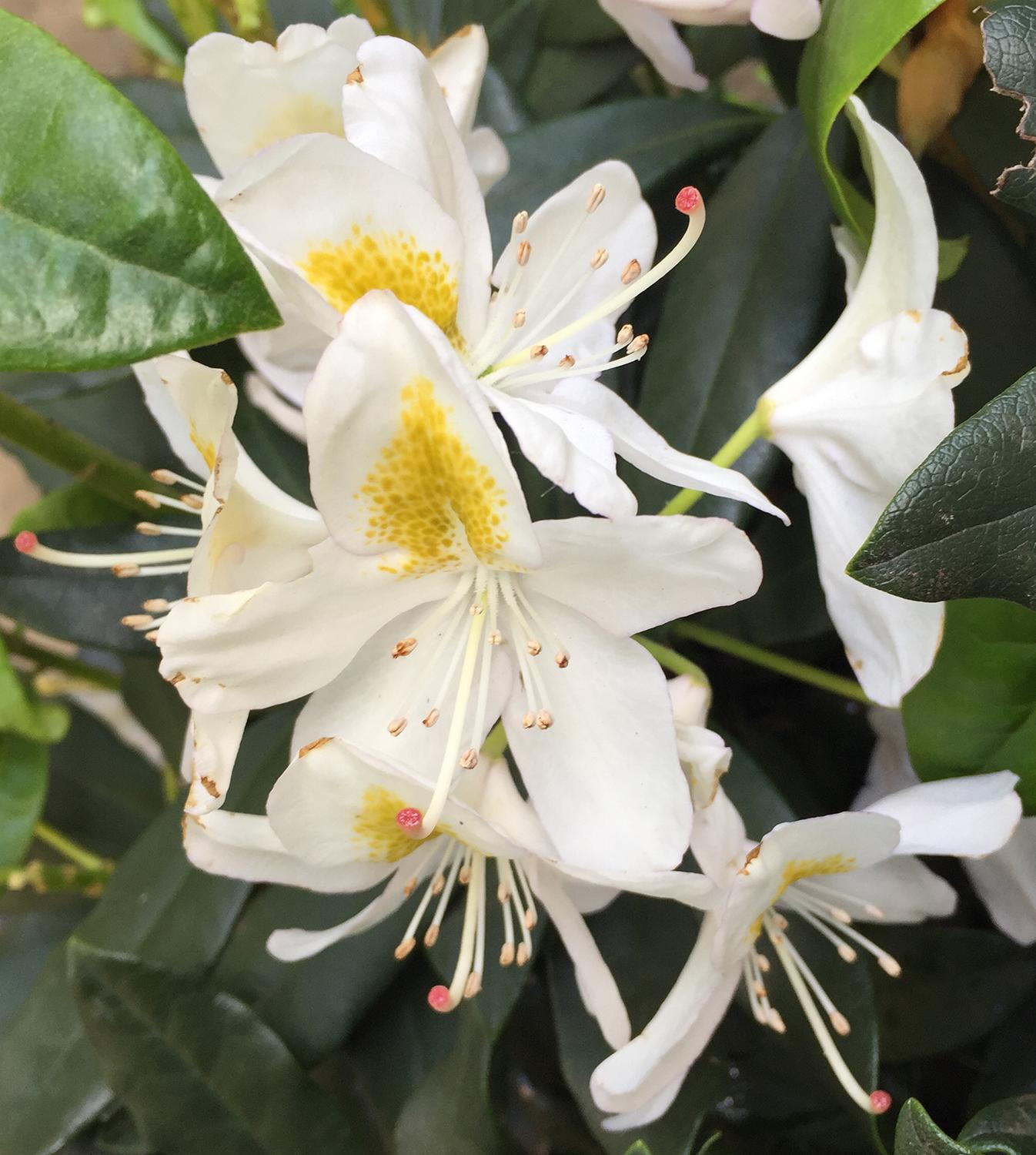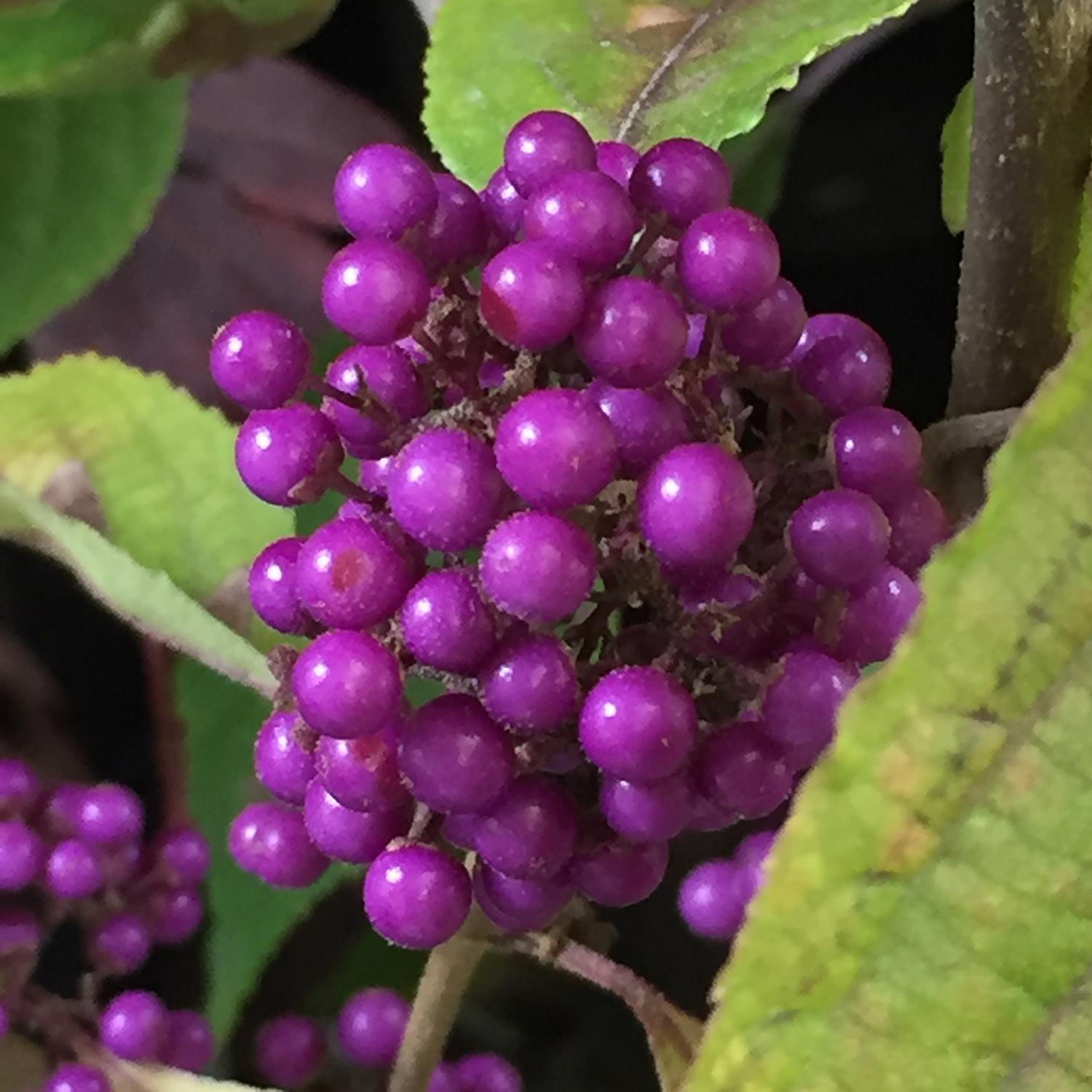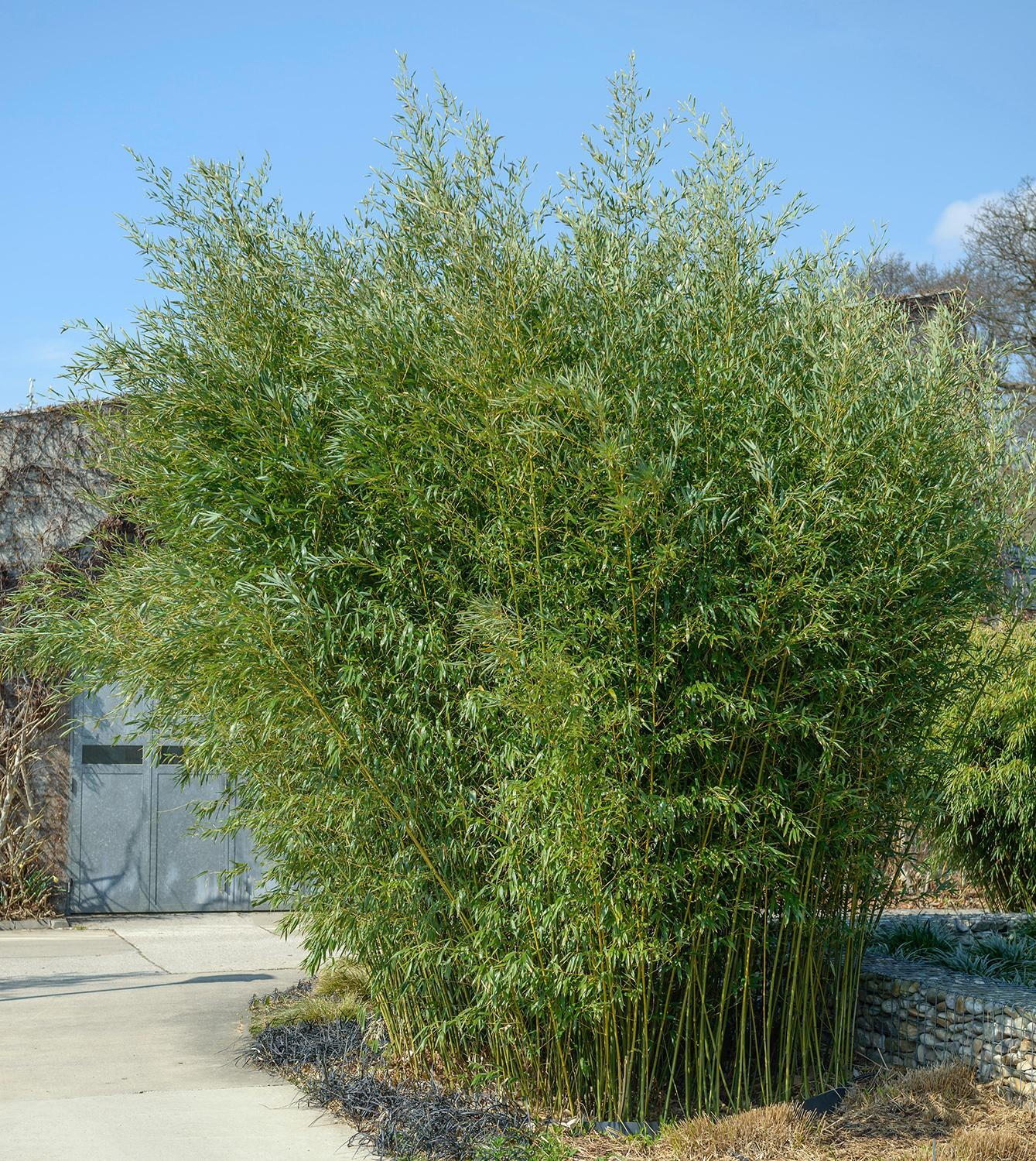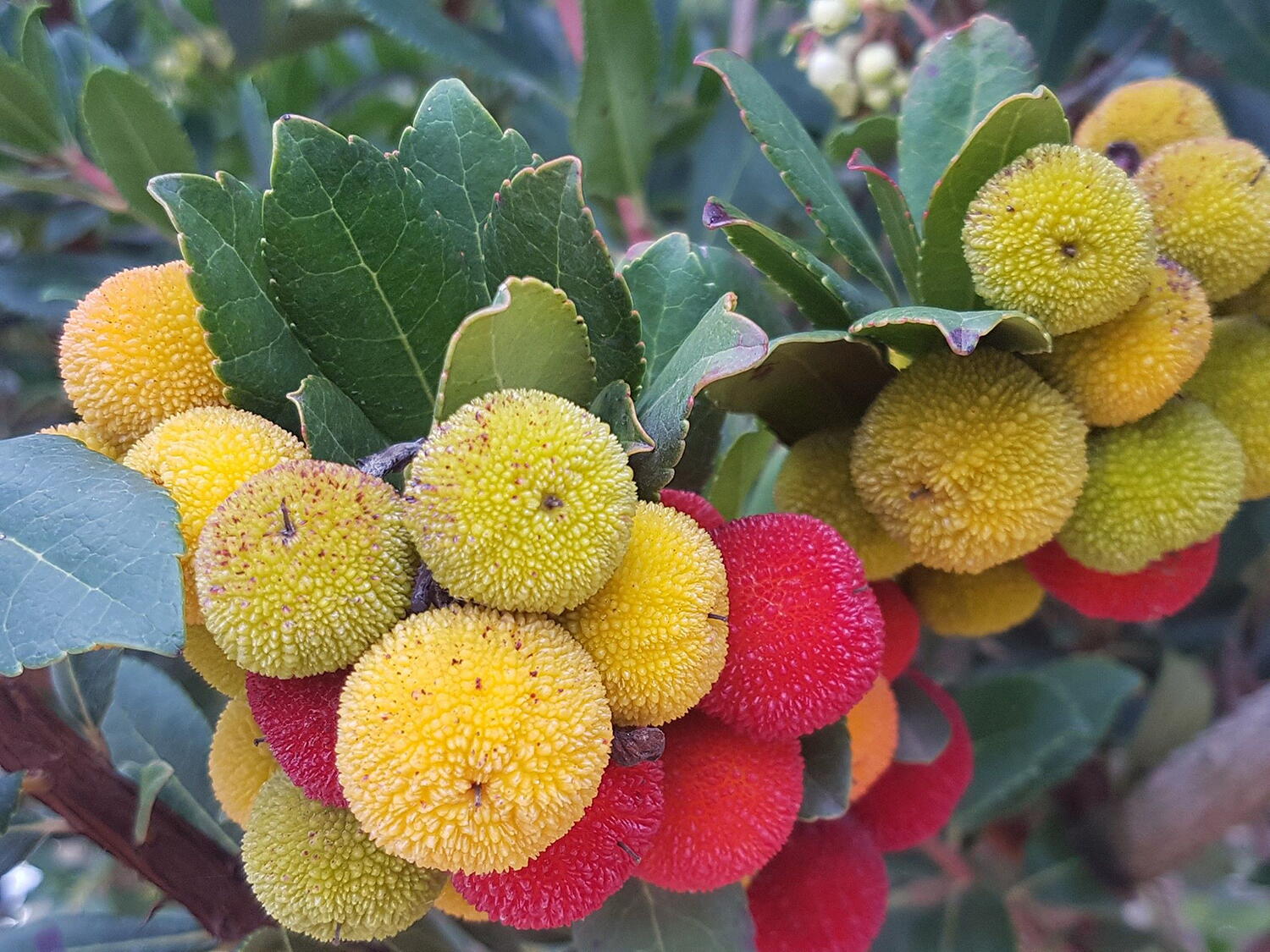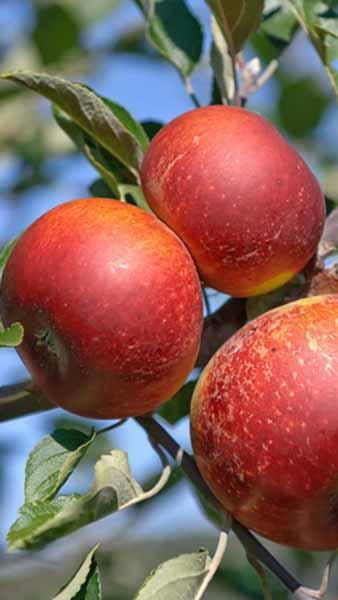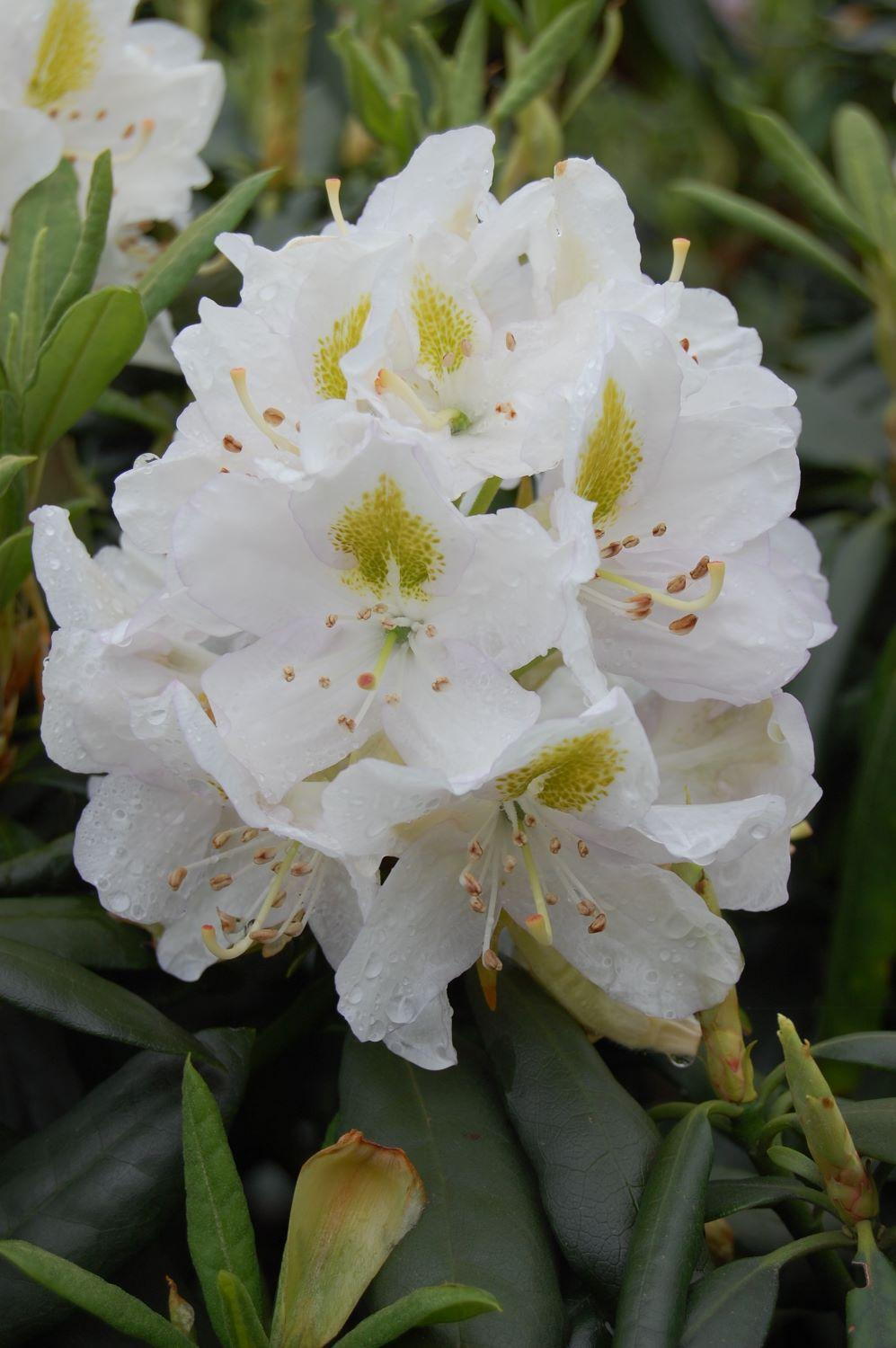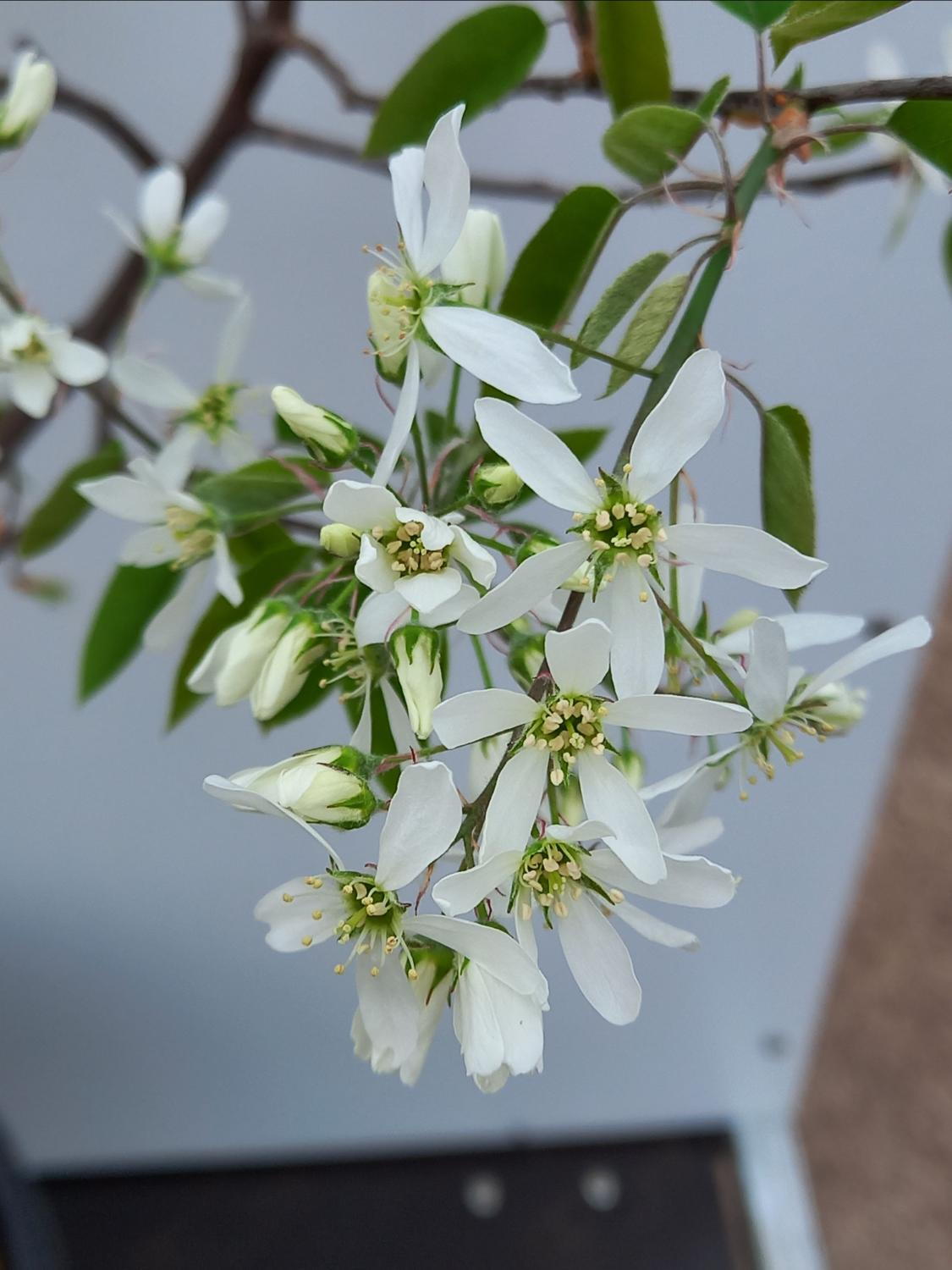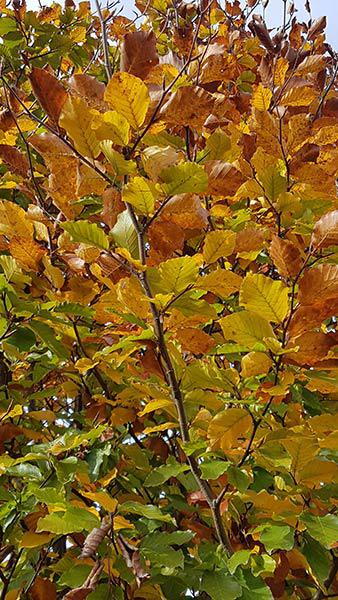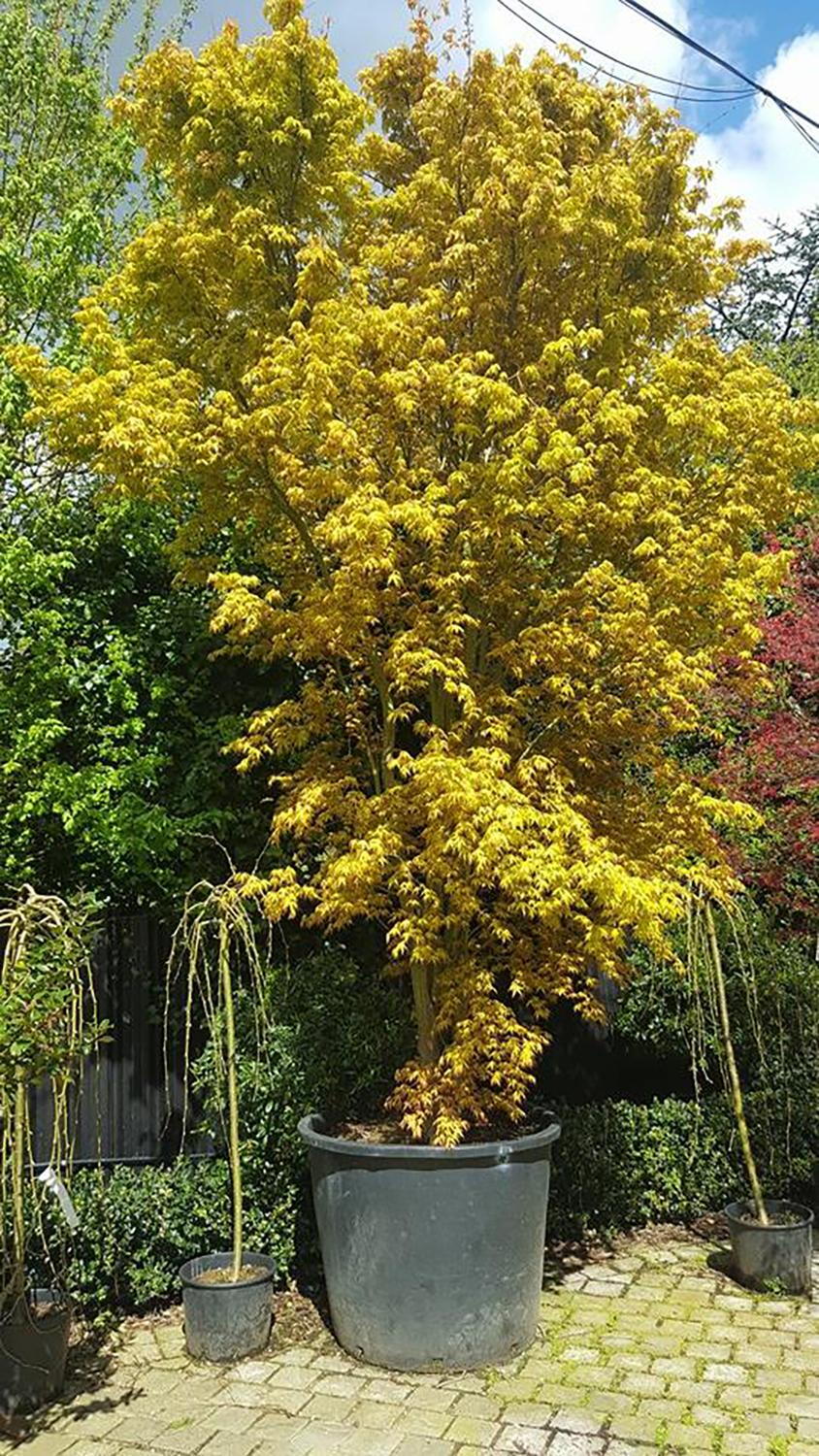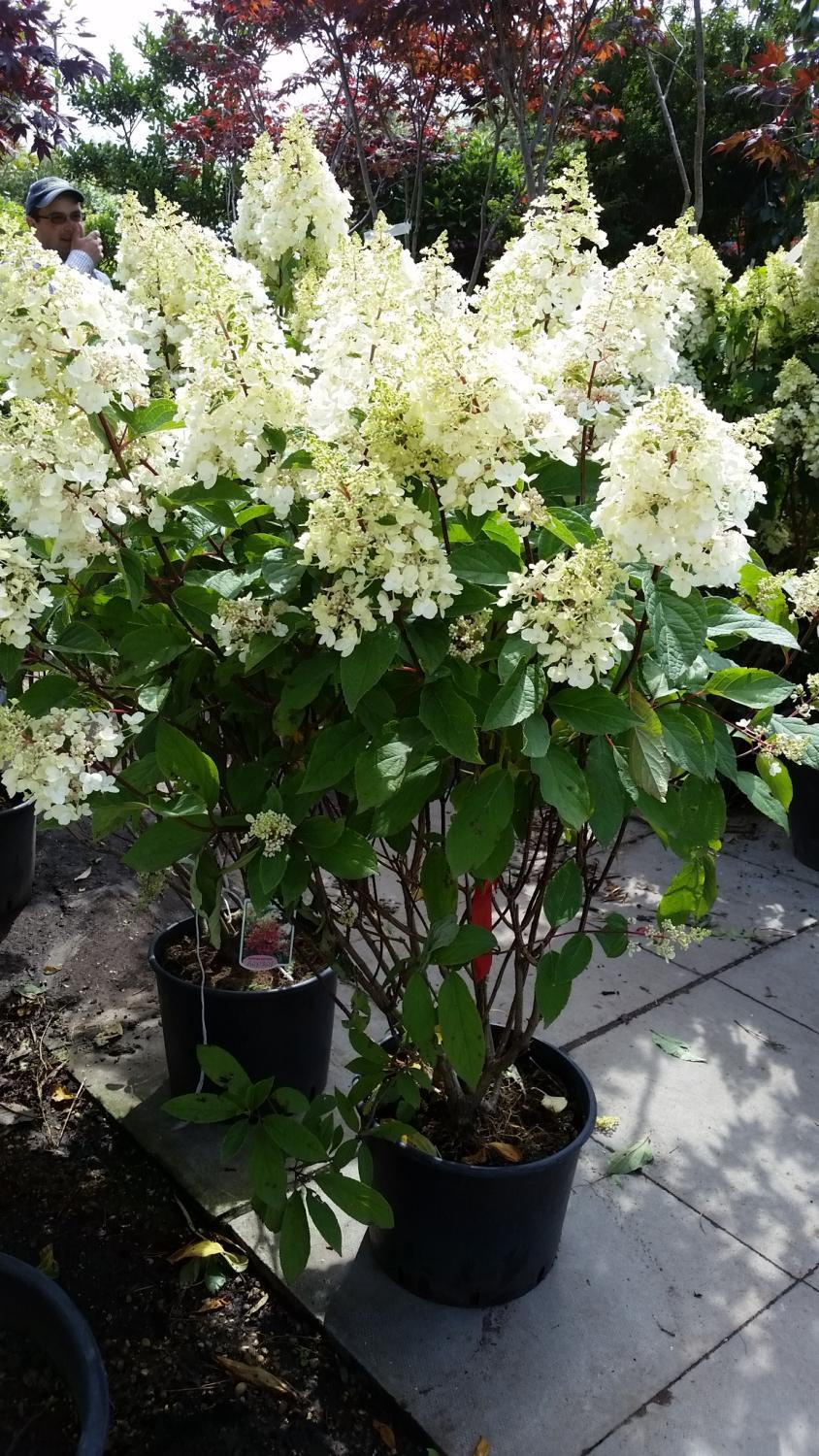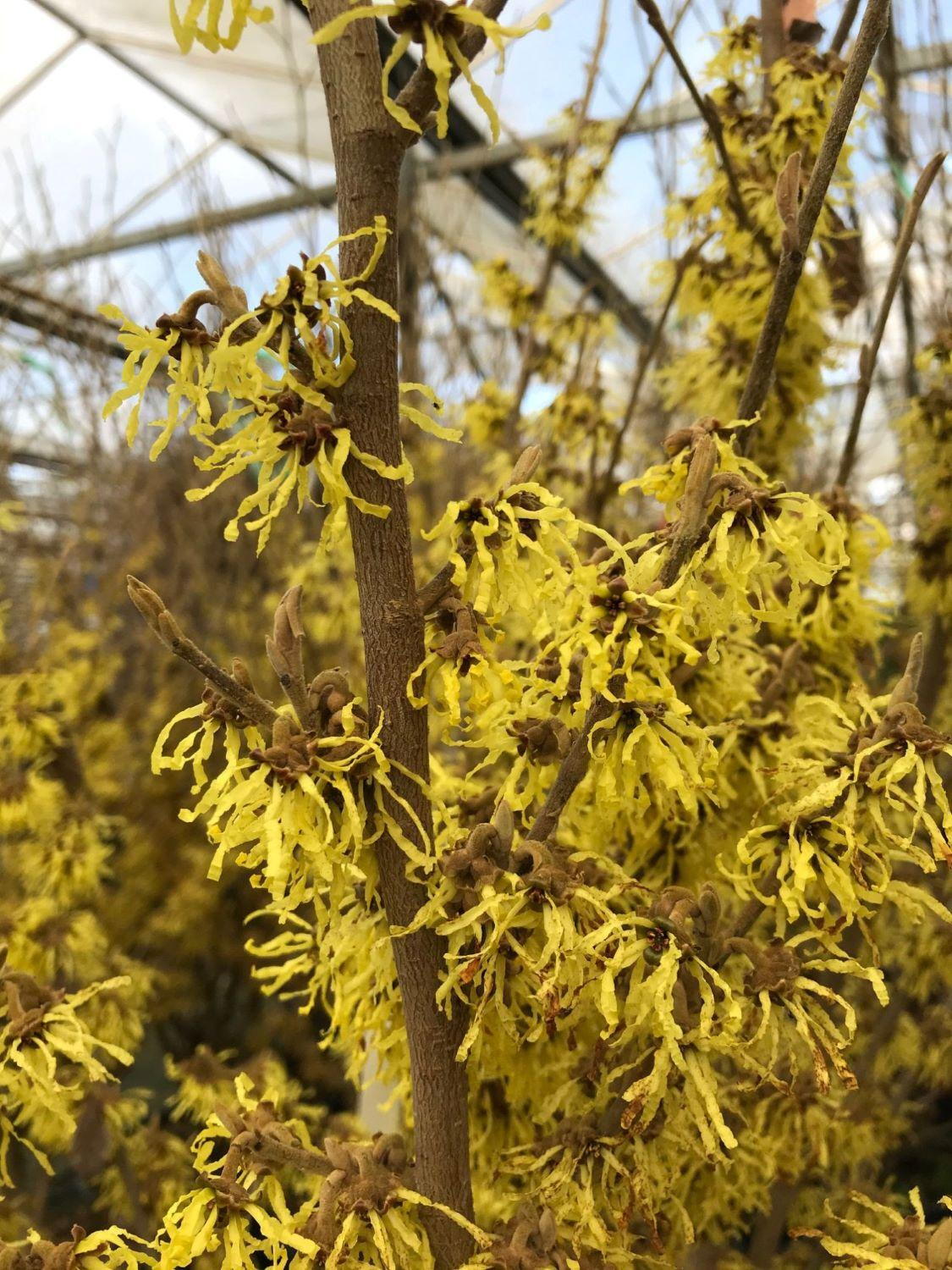Prunus Domestica Victoria Plum Trees for Sale Online UK
Prunus Domestica Victoria Plum Tree is one of the most popular varieties of plum grown in the UK, and with good reason! The delicious fruit that it produces make it a desirable ornamental fruit tree choice for the home garden. It has received the RHS Award of Garden Merit, and been designated as Perfect for Pollinators. This fruiting plum tree is self-fertilising so it reliably produces sweet edible fruit without the need for a pollination partner. Prunus Domestica Victoria has been widely grown since 1847, and even today is an excellent choice for UK gardeners. In spring, Plum Tree Victoria produces masses of small white flowers, followed by small, dark green leaves. In summer, the green plums turn to an orangey-red, and are best for cooking into jams and preserves. Then, as autumn arrives and the fruits ripen to deep purple, they are excellent eaten straight from the tree!Hardy in most places in the UK even in severe winters, Plum Tree Victoria will grow to a mature height and spread of 2.5-4 metres in 5 to 10 years. As with all fruit trees, it needs to be pruned regularly to produce the best crops every year. It should be pruned in June, thinning the fruits at the same time to ensure that the branches will not be overloaded to the breaking point and that the remaining fruits will be able to ripen properly. Prunus Domestica Victoria can be trained into an espalier fruit tree against a wall or fence. Plant your Prunus Domestica Victoria in full sun in a sheltered position with a south or west-facing aspect, in well-drained clay, loam or sandy soil with a neutral pH. Support it by tying it to a sturdy stake for its first few years, and maintain a 60 cm weed-free circle around the trunk. Self-fertile, you need only plant one tree to ensure good crops of plums every year.The small size of Plum Tree Victoria makes it a good choice tree for small gardens, where one tree will provide a spring flower show, reliable foliage in summer, and then a bountiful harvest of autumn fruits. It will attract bees, butterflies and birds to your garden. Planted at the back of a mixed border, it will provide shade for plants. They are even suitable trees for growing in pots, as it is easy to keep them pruned to a manageable size, and even could be grown as an espaliered plant on a roof terrace or in a courtyard.This classic British plum tree has delighted the home gardener for more than 150 years and continues to be a great choice for UK gardeners!


